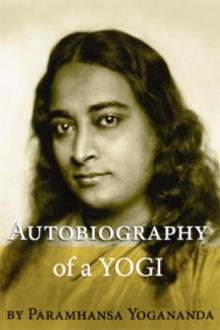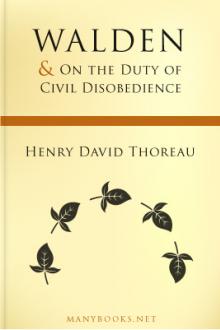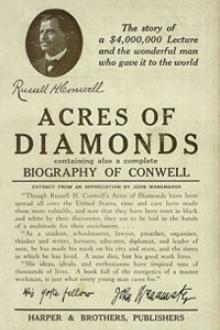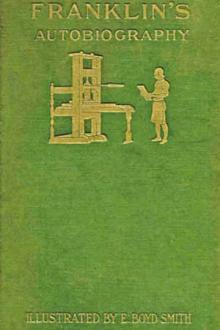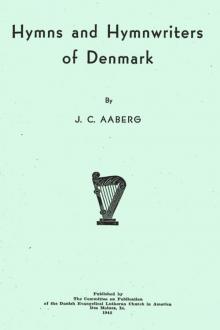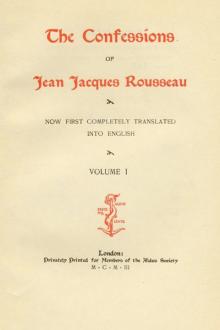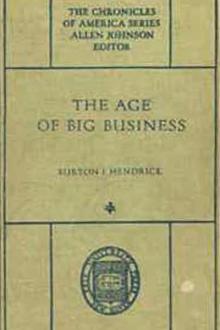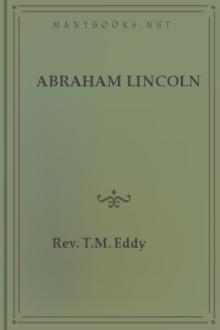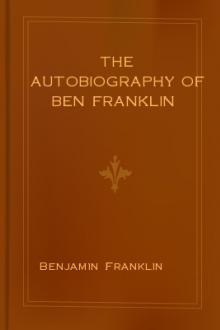Memoirs of Journeys to Venice and the Low Countries
Memoirs of Journeys to Venice and the Low Countries
Book Excerpt
been transferred to our
aesthetic judgment. The letters from Venice and the Diary
of his journey in the Netherlands, which form the contents
of this volume, are indeed the singularly fortunate means
for this pleasant intercourse with the man himself. They
reveal Drer as one of the distinctively modern men of the
Renaissance: intensely, but not arrogantly, conscious of his
own personality; accepting with a pleasant ease the
universal admiration of his genius-a personal admiration,
too, of an altogether modern kind; careful of his fame as
one who foresaw its immortality. They show him as having,
though in a far less degree, something of Leonardo da
Vinci's scientific interest, certainly as possessing a
quick, though naive curiosity about the world and a quite
modern freedom from superstition. It is clear that his
dominating and yet kindly personality, no less than his
physical beauty and distinction, made him the center of
interest wherever he went. His easy and humorous good-
fellowship, of which the letter
Editor's choice
(view all)Popular books in Biography
Readers reviews
4.0
LoginSign up
This travelmemoir/letters was written by German artist Albrecht Dürer (1471-1528). Dürer was one of the greatest Renaissance artists who travelled a lot to see (and buy or exchange) works by other artists, mainly in Italy and the Netherlands. Dürer wrote the letters in this book during some of his travels. This edition is the translation into English by Rudolph Tombo, first published in 1913, and edited by Lewis Einstein. This text is availlable from several sites on the web. The Kindle edition has 54 pages as a e-book and can easily be read in one evening.
This book contains letters written by Albrecht Dürer between 1508 and 1521. Most of this book is horribly dull, but small parts of it are fascinating and very interesting to read. Big parts of the letters are about how much money Dürer spent on food, cloths, travel etc.; these bits are very dull (unless you are very interested in the economic history of the early 16th century), parts of the letters are about paintings and drawing he made, he just mentions the theme of these and does not explain what he painted and how, so it are just mentions and no explanations of his reasons for painting/drawing the way he did.
In between all those dull bits a few nuggets can be found. These bits make this book worth downloading and reading. The interesting bits are about people he met and places he visited. Most of the people he writes about are famous renaissance artists; his letters show the contacts master-artists had all over Europe. They often knew each other and knew each others works. This is a valuable insight for anyone who wants to know more about Northern Renaissance and Italian Renaissance art. I recommend this book to anyone who is interested in art-history, the dull parts can be skipped. This book is a must-read for fans of Albrecht Dürers work. The dull bits are worth 2 stars, the interesting bits 5 stars, so I give this book 4 stars. (See samples at the bottom of this review.)
There is also one letter about the Protestant Reformer Martin Luther; this letter gives an insight into the religious beliefs of Dürer, which is interesting for better understanding his works.
TABLE OF CONTENTS
1) BASIC BACKGROUND ABOUT ALBRECHT DÜRER AND THESE LETTERS
2) EXCERPT FROM ROGER FRY'S INTRODUCTION TO THE 1913 EDITION
3) CAST OF [SOME OF THE] CHARACTERS APPEARING IN THE LETTERS
4) DESCRIPTION OF FORMS OF MONEY REFERRED TO IN THE LETTERS
5) PART 1: LETTERS FROM VENICE TO WILIBALD PERKHEIMER
6) PART 2: DIARY OF A JOURNEY IN THE NETHERLANDS
7) INFORMATION ABOUT THIS ELECTRONIC EDITION
Below I copy 3 samples from this book, all are from his diary of a journey in the Netherlands:
(From the second journey from Cologne to Antwerp, page 33:)
I started off early by boat from Cologne on Wednesday after
St. Martin's, and went as far as . . . Paid 6 white pf. for
a pair of shoes. I gave 4 white pf. to the messenger.
[...]
(From visit to Bruges and Ghent(April 6-11 1521), page 42:)
The next day Marx, the goldsmith, invited me, and gave me a
costly meal and asked many to meet me; afterwards they took
me to see the Emperor's house, which is large and splendid.
There I saw the chapel which Roger painted, and some
pictures by a great old artist.
[...]
(From At Antwerp(April 11-May 17, 1521), about Martin Luther, page 43:)
And if we lose this man [Martin Luther], who has written more clearly than
anyone in a hundred and forty years, and to whom Thou hast
given such an evangelic spirit, we pray Thee, O Heavenly
Father, that Thou give again Thy spirit to another,
[...]
This book contains letters written by Albrecht Dürer between 1508 and 1521. Most of this book is horribly dull, but small parts of it are fascinating and very interesting to read. Big parts of the letters are about how much money Dürer spent on food, cloths, travel etc.; these bits are very dull (unless you are very interested in the economic history of the early 16th century), parts of the letters are about paintings and drawing he made, he just mentions the theme of these and does not explain what he painted and how, so it are just mentions and no explanations of his reasons for painting/drawing the way he did.
In between all those dull bits a few nuggets can be found. These bits make this book worth downloading and reading. The interesting bits are about people he met and places he visited. Most of the people he writes about are famous renaissance artists; his letters show the contacts master-artists had all over Europe. They often knew each other and knew each others works. This is a valuable insight for anyone who wants to know more about Northern Renaissance and Italian Renaissance art. I recommend this book to anyone who is interested in art-history, the dull parts can be skipped. This book is a must-read for fans of Albrecht Dürers work. The dull bits are worth 2 stars, the interesting bits 5 stars, so I give this book 4 stars. (See samples at the bottom of this review.)
There is also one letter about the Protestant Reformer Martin Luther; this letter gives an insight into the religious beliefs of Dürer, which is interesting for better understanding his works.
TABLE OF CONTENTS
1) BASIC BACKGROUND ABOUT ALBRECHT DÜRER AND THESE LETTERS
2) EXCERPT FROM ROGER FRY'S INTRODUCTION TO THE 1913 EDITION
3) CAST OF [SOME OF THE] CHARACTERS APPEARING IN THE LETTERS
4) DESCRIPTION OF FORMS OF MONEY REFERRED TO IN THE LETTERS
5) PART 1: LETTERS FROM VENICE TO WILIBALD PERKHEIMER
6) PART 2: DIARY OF A JOURNEY IN THE NETHERLANDS
7) INFORMATION ABOUT THIS ELECTRONIC EDITION
Below I copy 3 samples from this book, all are from his diary of a journey in the Netherlands:
(From the second journey from Cologne to Antwerp, page 33:)
I started off early by boat from Cologne on Wednesday after
St. Martin's, and went as far as . . . Paid 6 white pf. for
a pair of shoes. I gave 4 white pf. to the messenger.
[...]
(From visit to Bruges and Ghent(April 6-11 1521), page 42:)
The next day Marx, the goldsmith, invited me, and gave me a
costly meal and asked many to meet me; afterwards they took
me to see the Emperor's house, which is large and splendid.
There I saw the chapel which Roger painted, and some
pictures by a great old artist.
[...]
(From At Antwerp(April 11-May 17, 1521), about Martin Luther, page 43:)
And if we lose this man [Martin Luther], who has written more clearly than
anyone in a hundred and forty years, and to whom Thou hast
given such an evangelic spirit, we pray Thee, O Heavenly
Father, that Thou give again Thy spirit to another,
[...]
- Upvote (0)
- Downvote (0)
Popular questions
(view all)Books added this week
(view all)
No books found

 Free Download
Free Download











